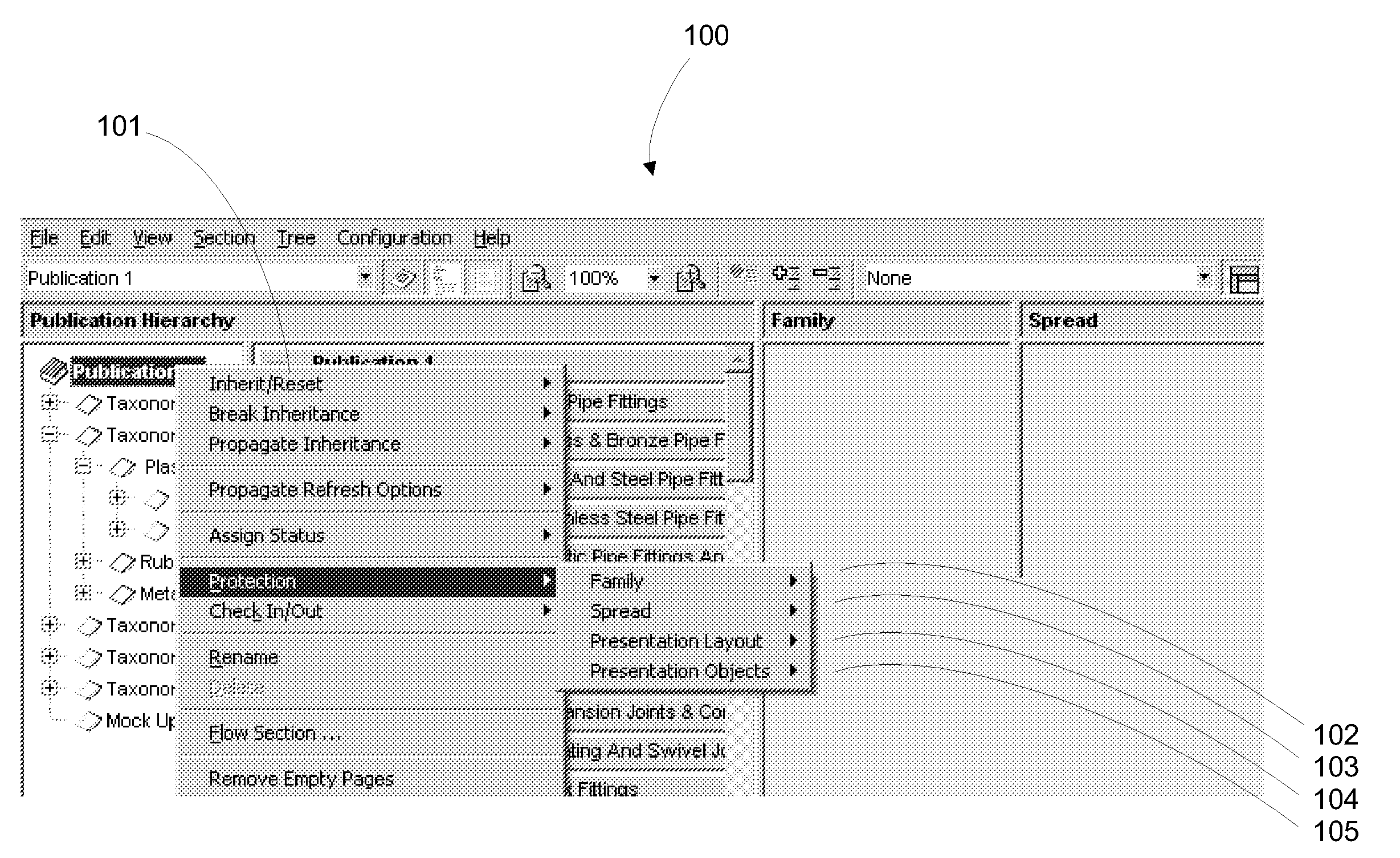Multi-user document editing system and method
a document editing and multi-user technology, applied in the field of computer systems, can solve the problems of system fundamentally failing to provide multi-user simultaneous editing, lack of effective mechanism of current document sharing system, and inability to permit users to work efficiently in parallel, so as to improve throughput, reduce costs, and facilitate document generation.
- Summary
- Abstract
- Description
- Claims
- Application Information
AI Technical Summary
Benefits of technology
Problems solved by technology
Method used
Image
Examples
Embodiment Construction
[0039]A more complete description of the multi-user document editing system and method now follows. In the examples provided herein numerous specific details are set forth in order to provide a more thorough understanding of embodiments of the invention. It will be apparent, however, to an artisan of ordinary skill that the present invention may be used without incorporating all aspects of the invention described herein. In other instances, specific features, quantities, or measurements well known to those of ordinary skill in the art are not described in detail so as to illuminate the essence of the invention. Readers should note that although examples of the invention are set forth herein, the claims, and the full scope of any equivalents, are what define the metes and bounds of the invention.
[0040]FIG. 1 illustrates presentation window 100 with a popup menu 101 comprising family 102, spread 103, presentation layout 104 and presentation objects 105 protection menu items. Users uti...
PUM
 Login to View More
Login to View More Abstract
Description
Claims
Application Information
 Login to View More
Login to View More - R&D
- Intellectual Property
- Life Sciences
- Materials
- Tech Scout
- Unparalleled Data Quality
- Higher Quality Content
- 60% Fewer Hallucinations
Browse by: Latest US Patents, China's latest patents, Technical Efficacy Thesaurus, Application Domain, Technology Topic, Popular Technical Reports.
© 2025 PatSnap. All rights reserved.Legal|Privacy policy|Modern Slavery Act Transparency Statement|Sitemap|About US| Contact US: help@patsnap.com



